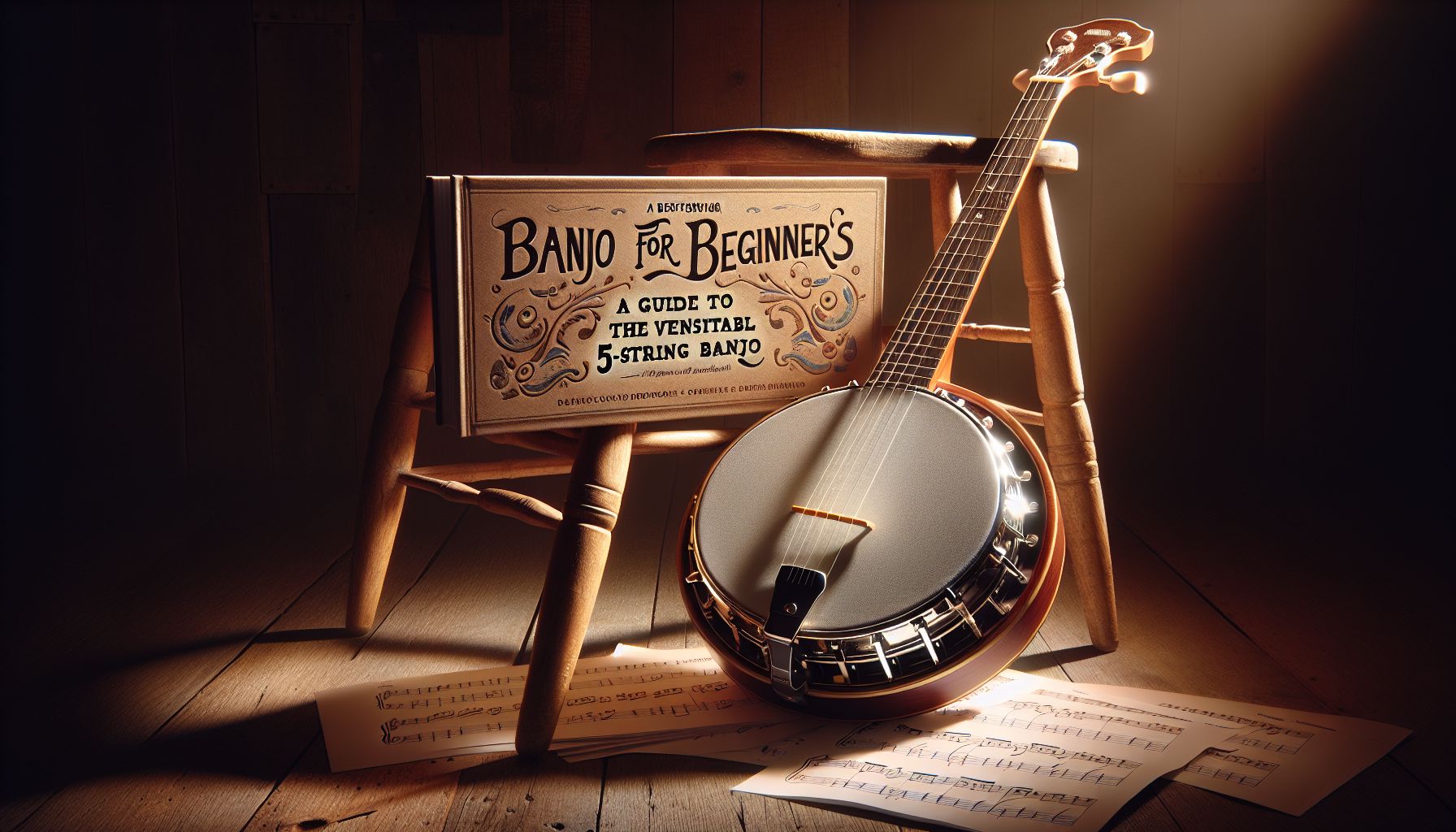Are you drawn to the distinctive twang and infectious melodies of bluegrass and folk music? If so, picking up a banjo may be the perfect way for you to express your musicality. The banjo, particularly the 5-string banjo, is a unique and versatile instrument that can bring a lively and joyful sound to your musical repertoire. In this beginner’s guide, we will explore the basics of the banjo, its different parts, playing techniques, and some helpful tips to get you started on your banjo journey.
Introduction to the Banjo
The banjo is a stringed instrument with a circular body and a long neck, usually made of wood. It originated in West Africa and was brought to America by enslaved Africans. Over time, various banjo styles developed, each with its own unique sound. The 5-string banjo, popularized by bluegrass music, is the most well-known and widely played type of banjo. With its bright tone and versatility, it has captured the hearts of countless musicians all over the world.
The Anatomy of a Banjo
To understand the playing techniques and terminology associated with the banjo, it is important to familiarize yourself with the instrument’s various parts:
- Head: The top surface of the banjo, usually made of a synthetic material such as plastic, which resonates when the strings are plucked.
- Pot: The circular body of the banjo, consisting of the head, a metal tone ring, and the rim, which provides stability and support.
- Neck: The long, slender part of the banjo that holds the frets and the strings.
- Frets: Metal strips embedded along the fingerboard or neck that divide it into different notes.
- Tuners: Located at the end of the banjo’s neck, these pegs are used to adjust the tension of the banjo strings and tune them to the desired pitch.
- Bridge: A small, movable piece of wood that supports the strings and transfers their vibrations to the banjo’s head, amplifying the sound.
- Strings: The banjo typically has five strings, which are plucked or strummed to produce different notes and melodies.
Playing Techniques
Now that we are familiar with the banjo’s parts, let’s dive into some fundamental playing techniques:
- Fingerpicking: Banjo players use three fingers (thumb, index, and middle) to play individual strings in a steady and rhythmic manner. Practice using each finger separately and then combine them to develop fingerpicking skills.
- Chords: Chords are formed by fretting multiple strings simultaneously. Start with basic chords such as G, C, and D, which are commonly used in banjo music. Strum these chords with fingerpicking or using a banjo pick.
- Rolls: Rolls are a series of fingerpicking patterns that create the signature banjo sound. Common rolls include the forward roll, backward roll, and alternating thumb roll. Practice these rolls slowly at first, gradually increasing your speed and accuracy.
- Slides and Hammer-Ons: Slides involve smoothly transitioning from one note to another by sliding your finger along the string. Hammer-ons, on the other hand, involve producing a second note by striking the string with a finger of the left hand. These techniques add dynamics and character to your playing.
Tips for Beginner Banjo Players
As you embark on your banjo journey, here are some valuable tips to guide you along the way:
- Start Slow: Take your time to master the basics. Speed and accuracy will come with practice. It’s better to play slowly and correctly than to rush through and develop bad habits.
- Use a Metronome: A metronome can help you develop a consistent sense of timing and rhythm. Practice your rolls and chord changes to the beat of a metronome to improve your precision.
- Experiment with Styles: The banjo is a versatile instrument that can be adapted to various musical genres, from bluegrass and folk to jazz and rock. Explore different playing styles and genres to discover your unique banjo sound.
- Record and Listen: Record yourself playing and take the time to listen back. This will help you identify areas for improvement and track your progress over time.
- Join a Community: Seek out other banjo players, join online forums, or find local jam sessions where you can connect with fellow musicians. Learning from others and sharing your passion will enhance your playing experience.
Conclusion
The banjo is a captivating instrument that offers a rich musical experience for both players and listeners. With its distinctive sound and versatility, the 5-string banjo has found its place in countless genres and continues to captivate musicians worldwide. As a beginner, remember to take it one step at a time, mastering the basics before diving into more complex techniques. Embrace the joy and unique charm of the banjo as you embark on this musical journey. Happy picking!


